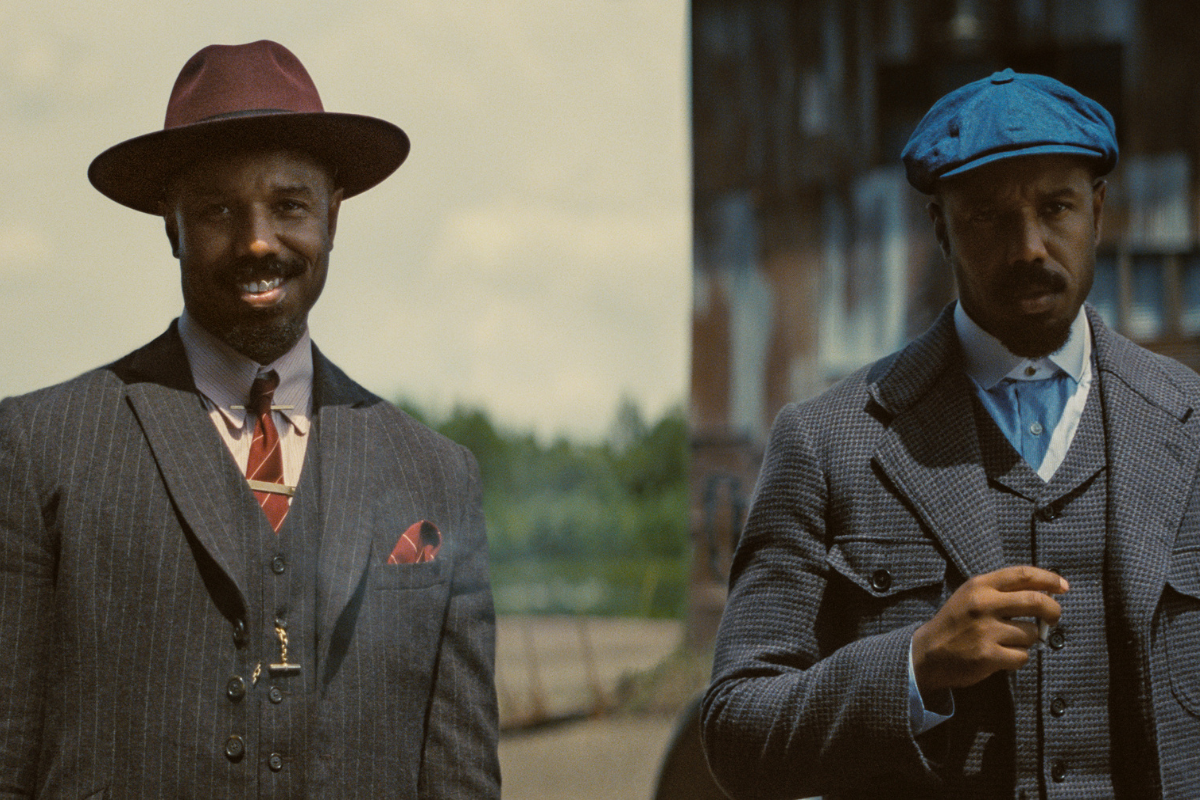30 Days of Tips for Character Development: Writing Character Introductions and Dialogue
Jeanne Veillette Bowerman provides more tips for character development with examples of movie openings and character introductions to inspire, and tips for writing authentic dialogue.
To read the full series of 30 Days of Tips for Character Development, click here. The post is updated with every new tip so you can keep track of all the character creation advice.
It's finally time to write that first scene! Don't ever underestimate the importance of the opening moments of your story, but also the moment you introduce your main character... or any character, for that matter.
When a talent agent gets a script for their actor client, the very first thing they do is flip to the page their character first appears. What kind of first impression does this character make? How does the writer describe them? What's their body language, who are they with, how do they treat that person, what are the first words out of their mouths?
The first words you write about and for that character will be judged more than any other. You convey their personality type, the mood they're in, and also what their goal is for that scene. What do they want? Every character wants something.
Let's dive in making a great first impression.
Day 29: First impressions matter.
I wrote a detailed article previously titled "How to Write Character Introductions to Attract Actors." I encourage you to read it before you start writing that first draft. I share several excerpts from scripts, including this one of Children of Men by Alfonso Cuaron, written by Timothy J. Sexton, David Arata, Mark Fergus and Hawk Ostby. Here's the final line of Theo Faron’s description.
A man enters the coffee shop, making his way through the people: THEO FARON (55). Detached, unkempt, scruffy beard, glasses, Theo is a veteran of hopelessness. He gave up before the world did.
Now watch that opening scene:
The only words Theo spoke were to an off-screen character to get coffee, yet his actions told a full story—he is detached, unmoved by the news that has everyone else in that coffeehouse captivated, and using alcohol as a crutch. We know we're supposed to follow him, and not only be curious about him, but also worry about him. Then... BAM! An explosion! Yeah, we, the audience, have so many questions and want... no, have... to keep watching. We want to know what's going on with the plot, but we're also even more worried about Theo and the emotional pain he's clearly in. This is a simple, effective example of using a plot point to continue to poke at your character's wounds. I bet he drank a lot in the next scene.
Tips for writing character introductions:
- Specify age and clothing only if it matters to personality or story.
- Provide a glimpse inside their mind or wound.
- Use action to convey personality or problems.
- Introduce them in a way that either steals the scene or makes a reader never forget that character.
- Give a glimpse of their everyday life.
Most importantly, take your time choosing the perfect opening scene for your story. What you think might be where your story starts, might not be the best opening. Write the entire first draft, examine where your outline took your story and characters, and ask yourself if the opening scene you wrote is the best place for your story to begin. Experiment with different openings. You might be starting in the wrong place.
Exposition through dialogue.
In Children of Men, we learn not from the character's dialogue, but from his actions and the news clips shown on the coffeehouse TV screen. It's important not to use dialogue as an exposition dump.
Here's the opening scene of Scarface. Tony Montana sure likes to talk. Is it an exposition dump? Maybe. But we learn so much about his life, his cockiness, and the struggles he's been through before he crosses the border into the United States.
Is he lying about more than prison? That's the point. We don't know. We have to watch to find out. But he's not lying about living under Castro. He's passionate about that pain and struggle. We see his motivation... what he wants. Freedom, success and respect.
Al Pacino at his best. The accent. The attitude. What actor wouldn't want to play this character. I highly recommend watching him in Dog Day Afternoon, too, if you're one of the handful of people on this earth who hasn't seen it yet.
Bottom-line: When your characters open their mouths, something essential needs to come out, or they shouldn't be speaking.
Author Margaret Atwood said, “Every character needs to speak with purpose. When your characters are speaking, they should be trying to get something from one another or make a power play. As you draft each scene, ask yourself what your characters are trying to get. What are they trying to avoid? How do these wants inflect their speech and guide what they say—or don’t say? As you compose dialogue for your supporting characters, be mindful of their character roles within your primary storyline (as well as any subplots). Use their conversations efficiently to contribute to world building, character development, and the escalation of plot.”
Read your dialogue out loud.
In order to get dialogue right, you need to understand your characters' backgrounds so you'll know their cadence, their life experiences, etc. How we speak has everything to do with how we have lived.
When you have a multiple people in a scene, no two characters should sound alike. I stopped watching Grey's Anatomy many years ago, because every character started to sound like each other. It drove me crazy!
However, don't obsess about cadence in your first draft. During the rewrite and script polishing phase, read the entire script out loud, making sure every character sounds different. In Final Draft, you can highlight each character to find their dialogue and just read that one character's dialogue. Do that for every character.
Next, we have our final lesson! This one is personal, so get ready - Your Character's Biggest Obstacle Isn't What You Think
Read the full series 30 Days of Tips for Character Development
Get our on-demand webinar by Danny Manus, Make Your First 10 Pages Shine!
Jeanne Veillette Bowerman is a Senior Executive at Pipeline Media Group and Book Pipeline, Editor-in-Chief of Pipeline Artists, Director of Symposium—a year-round conference in the arts, co-host "Reckless Creatives" podcast, partner at Fringe Press, former Editor-in-Chief of Script magazine and a former Senior Editor at Writer's Digest. Recognized as one of the "Top 10 Most Influential Screenwriting Bloggers," her "Balls of Steel" column was selected as recommended reading by Universal Writers Program. A compilation of her articles is now available at The Writers Store—Balls of Steel: The Screenwriter's Mindset. She is also Co-Founder and moderator of X's weekly screenwriters’ chat, #Scriptchat, and wrote the narrative adaptation of the Pulitzer Prize-winning book, Slavery by Another Name, with its author, Douglas A. Blackmon, former senior national correspondent of The Wall Street Journal. More information can be found on her website. X: @jeannevb | IG/Threads: @jeannevb_ | BlueSky: @jeannevb.bsky.social







